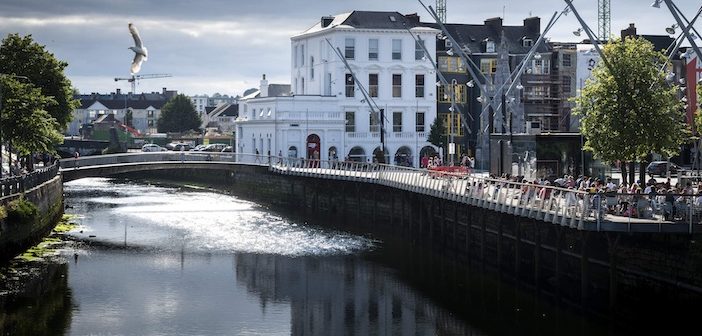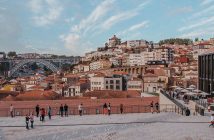In the second part of our Ireland double bill, Larry and family continue their half-term break by heading out west, by train, to the gateway of the Wild Atlantic Way…
I want to find a pub. Not a particular pub, specifically, nor any pub, but a pub in my imagination, in my memory. I have a vision I’ve experienced before, of walking into a thatched, white-washed stone bothy, with low ceilings and wooden beams and packed to the rafters, the atmosphere as close as a rainforest, jostling to the bar with racked Guinnesses (Guinneii?) all settling at various states on the counter, and a band playing in the corner, with fiddle, whistle and drum, and the rising feeling inside that this is exactly my kind of place.
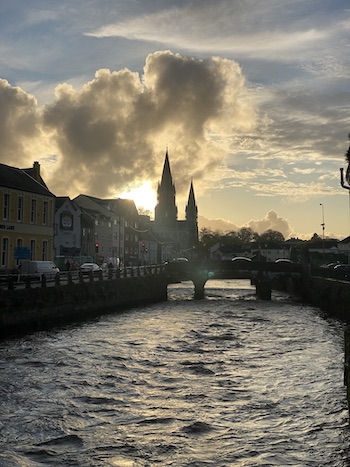 I’ve experienced it before, last time I was in Ireland, in a cold January over twenty years ago, and I long for it. Everyone tells me that that’s every Irish country pub, so, armed with that optimism, I pack the family to Cork, where I feel my imagination is manifest.
I’ve experienced it before, last time I was in Ireland, in a cold January over twenty years ago, and I long for it. Everyone tells me that that’s every Irish country pub, so, armed with that optimism, I pack the family to Cork, where I feel my imagination is manifest.
We arrive in Cork at the tail end of storm Babet. Two days of fine sunshine in Dublin had given way to a two-hour train delay (for flooding on the line) but, as if to mark our arrival, the skies clear – just as we’d booked our first excursion, a tour of the city, on foot.
Our guide is Noel, an ex-journalist with the Cork Examiner, which makes him naturally predisposed to give insights on the city. Remarkably, the irregular road layout that gives Cork its character is down to them formerly being waterways and channels of the river, bricked over in the 18th century. The buildings, too, bear testimony to this ‘Venice of the South West’, as with Le Chateau bar, whose entrance at street level was originally a boat house. Intimate lanes of the former Huguenot quarter, the English market and St Finbar’s add further interest, and I ask after his tour groups; “a lot of Americans,” he says, “often looking into their lineage.” Cork feels like a more ‘local’ town, too; still cosmopolitan, but not as bustling with tourists – one of the benefits of visiting this time of year. Even the hotel’s restaurant seemed to chime with the soft lilt of southern Irish tongues.
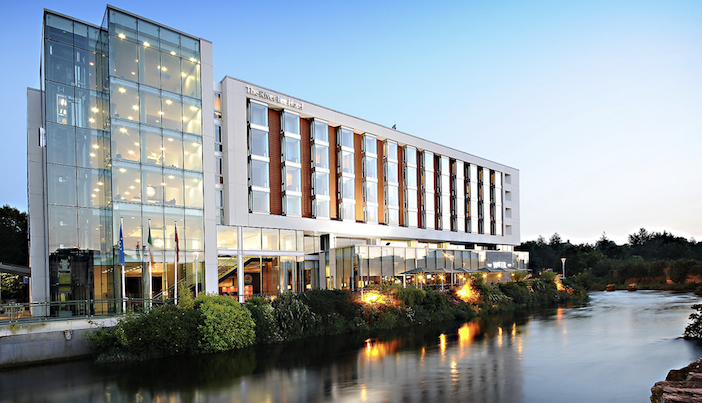
Travel weary and cranky child in hand, an in-room welcome of Beara whiskey and ginger and a jar of bath salts is the ideal tonic before dinner. The River Lee hotel sits alongside one of the principal channels of its namesake, coursing at pace through the city. Its design takes advantage of its location, with glass lifts offering views down the river and over the rooftops as you ascend, and our room, too, features a floor-to-ceiling window facing the river and the town rising over the hill beyond.
The Grill Room at the River Lee has the feel of an upmarket 1930s American steakhouse, with dark green walls, bell lighting and leather banquettes, and a long bar with a tall glass barback. Some excellent starters feature classics done to a tee; an endive salad that I’ve not seen on many a menu, and burrata given a nice spin with a black olive tapenade. But this is a grill room, and it’s the steaks that excel. A succulent ribeye, on a bed of mushrooms and shallots, drenched in a Jameson peppercorn sauce, makes for a fine introduction to Cork’s dining scene.
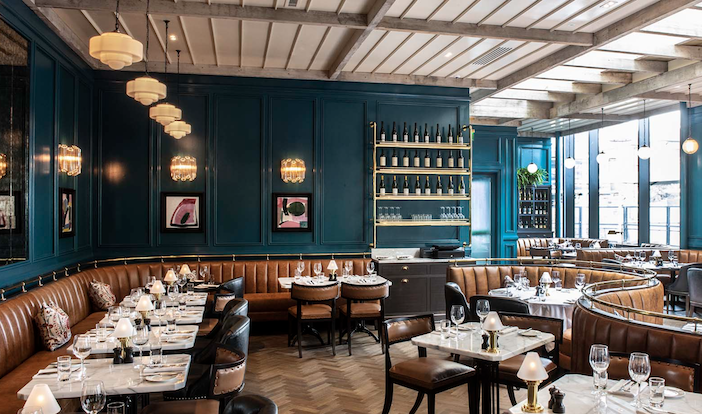
In contrast to our boutique abode in Ireland’s capital, the River Lee is a far larger offering – and with it comes larger spaces and processes; an absolutely gargantuan gym that would have Schwarzenegger give it a thumbs up, a decent lap pool, and breakfast in the ballroom-sized Mirror Room, with the pulsing waters of the Lee almost at touching distance through the vast riverside window.
As the gateway to the Wild Atlantic Way, Cork is the perfect staging post for exploring Ireland’s beautiful western fringes, and we make a point of venturing beyond the city. A colourful drive with a salt-of-the-earth driver, Declan, takes me to collect our hire car for the next 24 hours. I love conversations with cabbies (there’s a podcast in that), and he gives me an alternative run-down of Cork’s attractions. “Lords of Americans,” he reaffirms, “and they come for the gulf…” The what? “The gulf.”
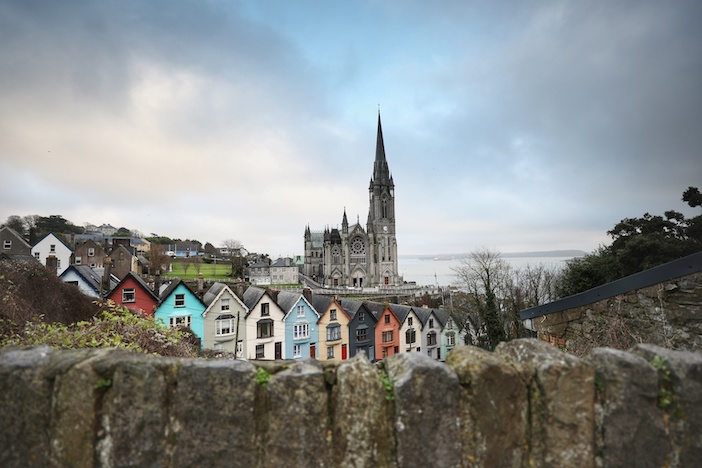
We’re clearly at cross purposes. I’m assuming he means Cobh, and the natural channel it sits in, so I agree, “Indeed, millions came for the gulf…” He, in turn, is a little baffled. “Well, perhaps not that many, but we have some great Links courses here.” I leave it there.
Cobh (pronounced Cove) is not somewhere that may be immediately familiar to all, but if I told you it was the last stop on Titanic’s fateful voyage, that deservedly puts it on the map. But, more than that, technically as the port for Cork, it was also the departure point for nigh on all of Ireland’s 2.5 million emigres out to the United States and elsewhere. The reason this humble town served such a purpose? After Sydney, it has the deepest natural harbour in the world.
Formerly known as Queenstown, Cobh is marked by its imposing French gothic cathedral and an attractive, colourful seafront, reminiscent of Victorian seaside towns, with a promenade and bandstand, facing Ireland’s answer to Alcatraz, Spike Island, formerly a military garrison, now another tourist attraction.
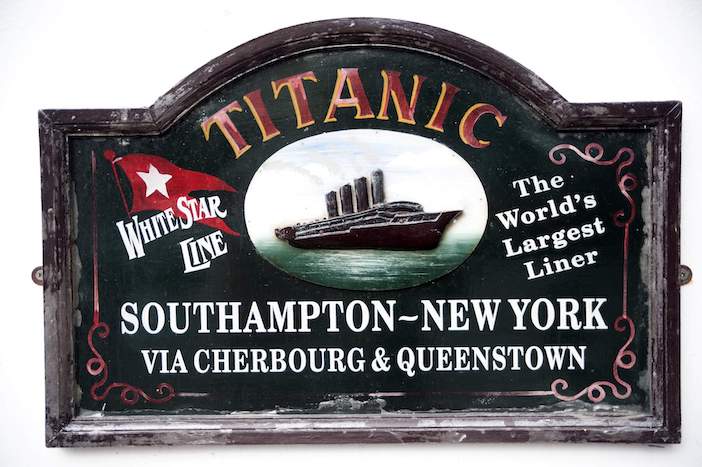
Cobh’s Heritage Centre, set in the old railway station gives an insightful tour of Ireland’s emigration story, and in a nice personalised touch, tickets are attributed one of those departing and you follow their story. Less sensationalist than EPIC in Dublin, it’s a grittier take on Ireland’s long history of emigration. This introduction is given more colour by our guide for a tour of town, Steven, an ex-serviceman who points out not just a number of buildings and sites of interest (there’s a moving memorial to the Lusitania), but compels us to imagine some of the characters that departed these shores.
That is manifest in the excellent Titanic Experience, in the former offices of the White Star Line itself, where we stand in footsteps of passengers before they embarked. Again, tickets are themed to follow one of the passengers, and exhibits include recreations of first and third class berths. As museums go, it is one of the most evocative I’ve walked through, given its history and its place as the last patch of terra firma those fated passengers also walked through over a century ago.
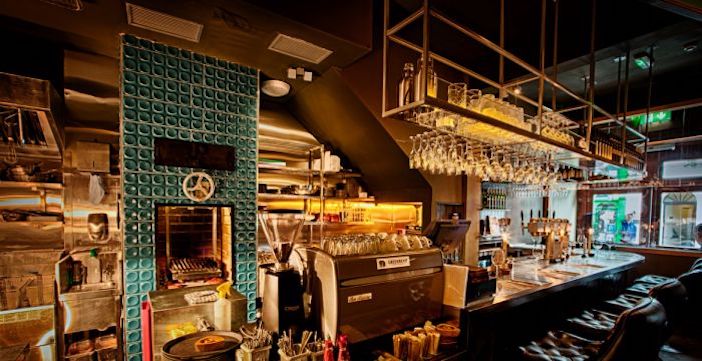
Back in Cork, we were angling for dinner, and there was one recommendation I was keen to pursue. The intimate Elbow Lane Brew & Smokehouse is well-known for their aged, dry rub-infused steaks, but when it comes to smoking, nothing is spared. We piled into a smorgasbord of smoked dishes, from spicy Thai goat sausage to beets to smoked mushrooms and baby back ribs, ably complemented by their malty Jawbone pale ale. Replete and weary from another day of power tourism, we retreated back to the hotel, but there was one last stop we needed to make.
In Elbow Lane, I asked after the best pub to hear some traditional live music, even on a Wednesday. There were several, I was told, so we ventured to the one nearest our route back, and as we walked in, the pub of my imagination was restored. It was packed, the bar burst with character, pints of Murphys this time settled on the counter. But we heard it before we saw it, a five-piece band, sat in the corner, playing as if no-one was listening, but we all were. And it was glorious.
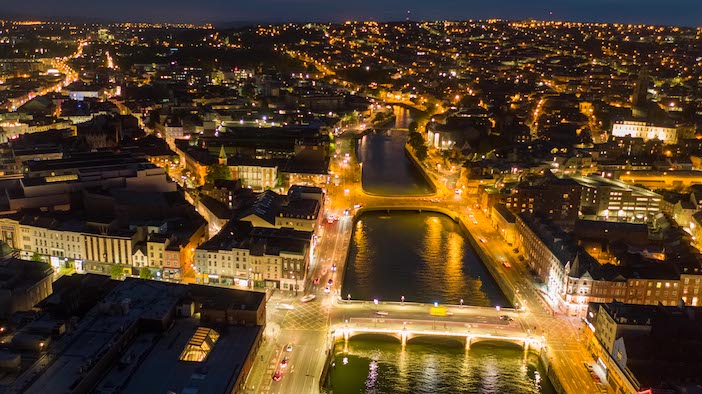
On the drive back to Dublin, I asked my little one if she enjoyed our half-term break. “I did, Daddy,” she replied, “but it was a bit like homework…” Ahem. I confess, I set the agenda. Any favourite bits? I enquired. “The pancakes,” she said quickly, “and the Vikings. And the boat. And the hotel. And seeing the Titanic rooms…”
“…and I quite liked the music last night.” So did I, my darling, so did I.
Aer Lingus offers flights to Dublin, Cork, Donegal and Shannon, for more information, please visit www.aerlingus.com.
For more information on Ireland, including ideas for what to see and do in winter, visit the official Tourist Board site at www.ireland.com.

